Find below several poignant reminders of a dark period in Hungary's history.
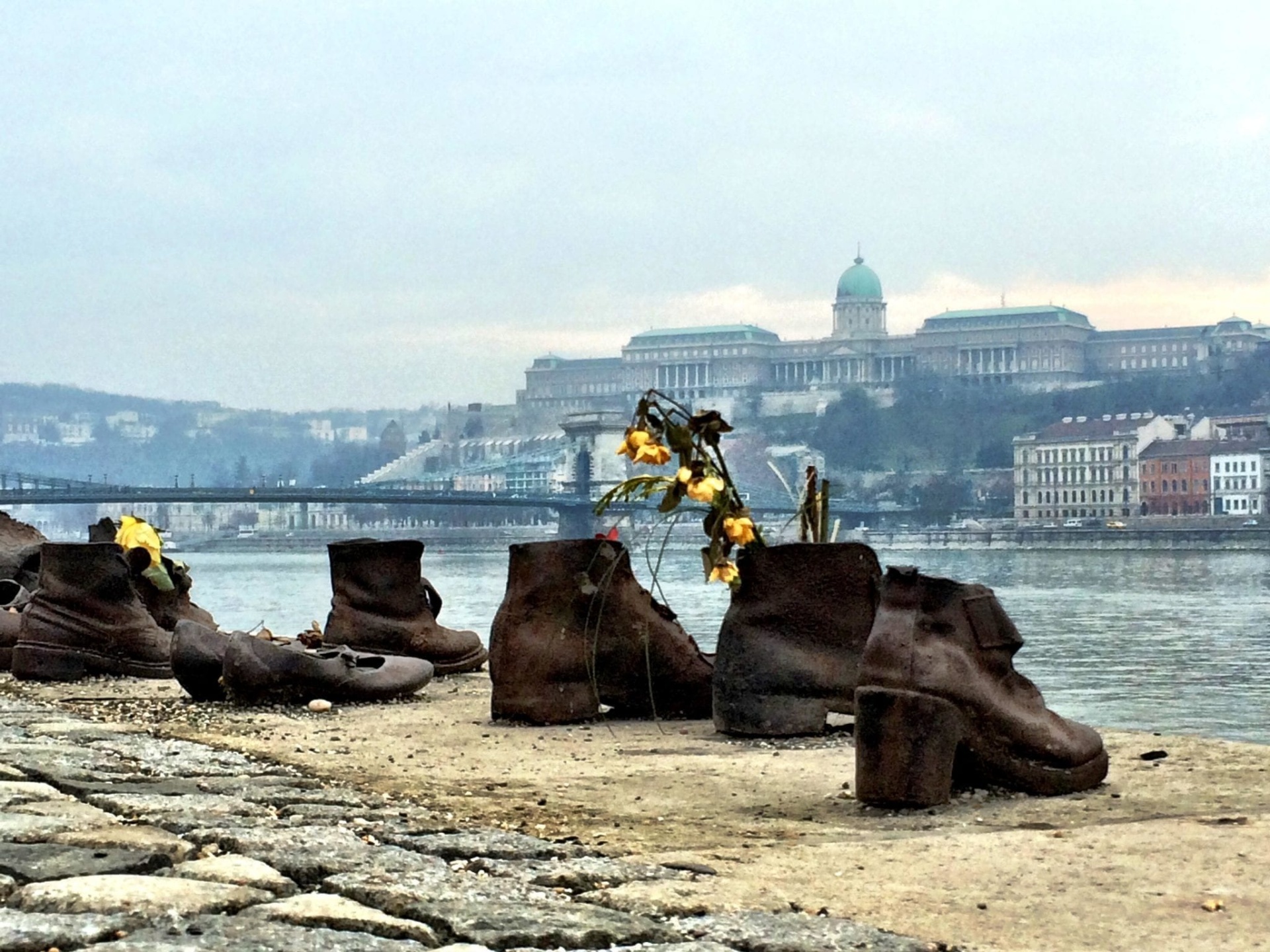
Before the Holocaust, Hungary had a sizable Jewish community accounting for six percent of total population. In this article, you can read about Budapest's Jewish past and present, including the events leading up to and including the Holocaust in Hungary.
Estimates on the total number of Hungarian Jews killed in the Holocaust vary because of changes in Hungary’s borders before, during and after World War II, and because many survivors remained abroad. There were 825,000 Jewish people in so-called Greater Hungary before the deportations began in March 1944, and the consensus is that more than 500,000 of them were killed, most of them in Auschwitz. Below, you'll find Budapest's main Holocaust memorials.
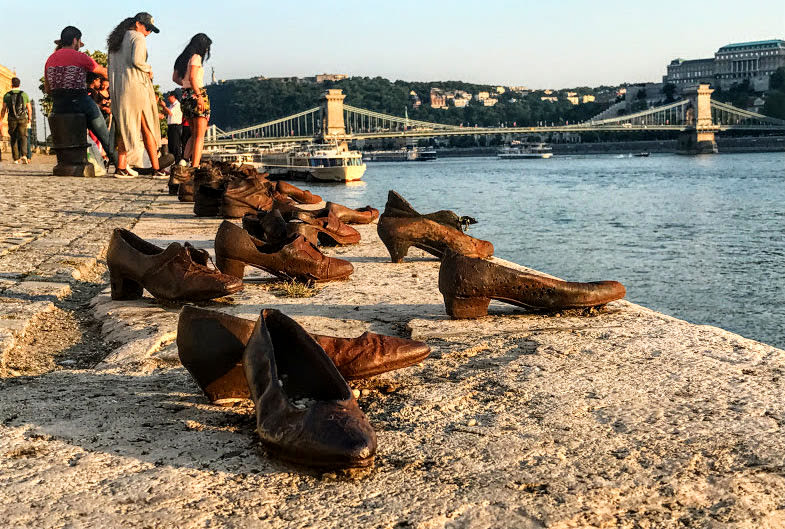
#1 - Shoes on the Danube Bank (location; accessible at all times, no admission fee): While Budapest's Jewish community escaped the mass deportations of the Hungarian countryside, they were not safe from raids by the Hungarian Arrow Cross Party. The 60 pairs of cast-iron shoes placed on the edge of the Danube's bank is a memory to the hundreds of Budapest Jews who were lined up on the river bank, ordered to remove their shoes (to keep them), and shot into the river. The memorial has shoes of all sizes, including children’s shoes.

#2 - Holocaust Memorial Center (location; 10 a.m. to 6 p.m.; closed on Monday; HUF 2,400 admission): An informative and moving exhibition about the Holocaust in Hungary – through newsreels, photos, and objects, the museum traces the disenfranchisement, expulsion, and murder of Hungarian Jews. The venue also includes Budapest's second biggest synagogue, a memorial garden with a wall of victims, and a tower listing all communities where Jews have ceased to exist as a result of the deportations.

#3 - Emanuel Tree (location; opening hours vary; closed on Saturday; HUF 10,800 admission): Located behind the Dohány Street Synagogue, the weeping willow memorial has the names of 30,000 Hungarian Holocaust victims inscribed in the tree's metal leaves. The Tablets of Stone in front of it are symbolically stripped of their content. American actor Tony Curtis – whose father, Emanuel Schwartz, was a Hungarian Jew – provided the funds for the memorial. If you don't want to pay the admission fee to the Dohány synagogue complex, of which the Emanuel Tree is part of, you can glimpse it from the outside.
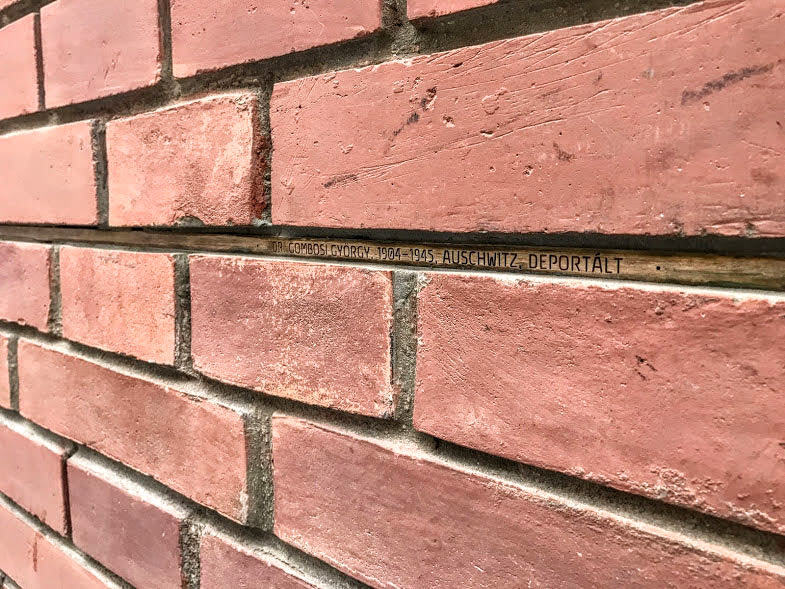
#4 - Holocaust Memorial at the Faculty of Arts of the Eötvös Loránd University (location; accessible during the day, no admission fee): This memorial, which opened to the public in 2014 and some people consider to be too subtle, consists of a narrow bronze band running along the brick walls of the Eötvös Loránd University. The plate lists the students and teachers who died in the Holocaust.
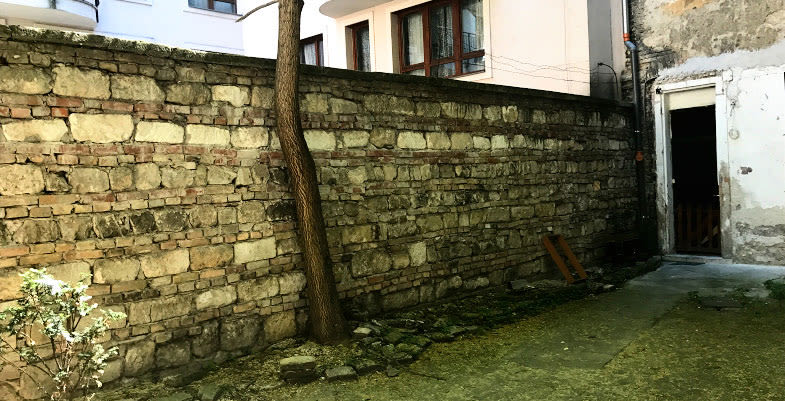
#5 - Remains of the ghetto's wall at 15 Király Street (location; located in the courtyard of a private apartment building, no admission fee): In November 1944, most Budapest Jews were herded into a ghetto enclosed by today’s Király, Kertész, Dohány, and Rumbach streets inside the Jewish Quarter. Here, several thousand people died before the Soviet Army liberated the ghetto in January, 1945 (some of the victims are buried in the garden of the Dohány Street Synagogue). A small section of the ghetto’s wall still stands to serve as a reminder. The wall is inside the courtyard of a private apartment building, but there's a hole on the entry door, so you can peek in or wait until a resident comes or goes and opens the door.
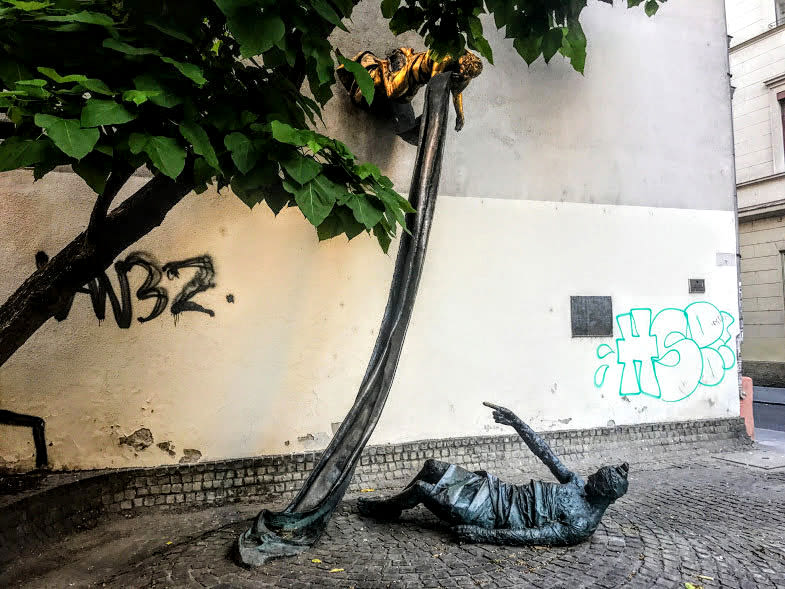
#6 - Carl Lutz Memorial (location; accessible at all times, no admission fee): Carl Lutz, a Swiss diplomat, saved the lives of thousands of Hungarian Jews during the Holocaust. As Vice-Consul at the Swiss Embassy of Budapest, he issued protective documents and placed more than 70 buildings under foreign jurisdiction to keep the Nazis away, including the famous Glass House. The bronze memorial honoring Lutz shows an angel descending to help a fallen victim. “Whoever saves a life is considered to have saved an entire world,” reads the caption.

#7 - Raoul Wallenberg Street and memorial plaque (location; accessible at all times, no admission fee): Like Carl Lutz, Raoul Wallenberg was a diplomat who became famous for his heroic activism in saving thousands of Budapest Jews during the Holocaust in 1944. Wallenberg, a young and energetic envoy from Sweden, fearlessly confronted German and Hungarian Nazis at the risk of his own life. Tragically, he later died in a Soviet prison. There's also a memorial statue of Wallenberg located a bit outside the city center in Buda.
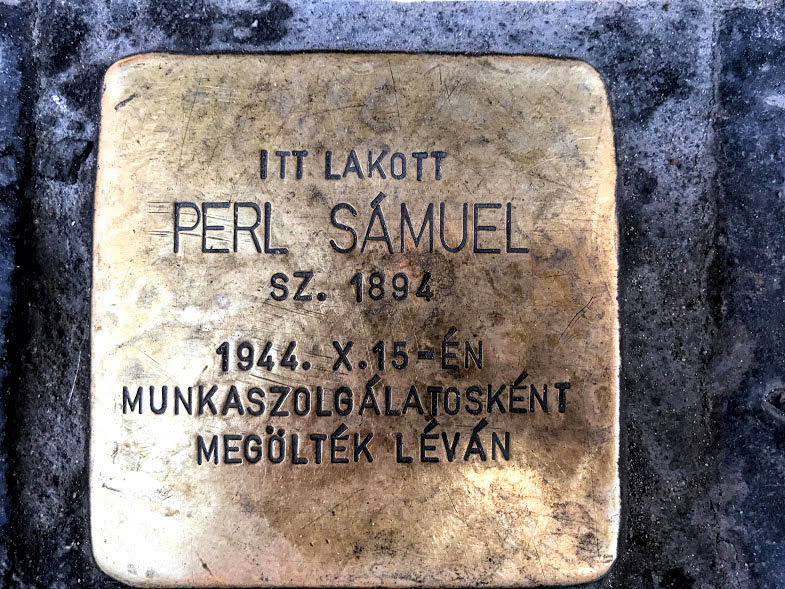
#8 - Stolpersteine / Stumbling Blocks (thousands spread across Budapest): As in some other European cities, thousands of Stolpersteine scatter across Budapest. These cobblestone-sized brass plates show the names of Holocaust victims, their date of birth, year of deportation, and cause of death. Being paved into the sidewalk outside the buildings where the victims once lived, the stumbling blocks are both subtle and attention-grabbing.
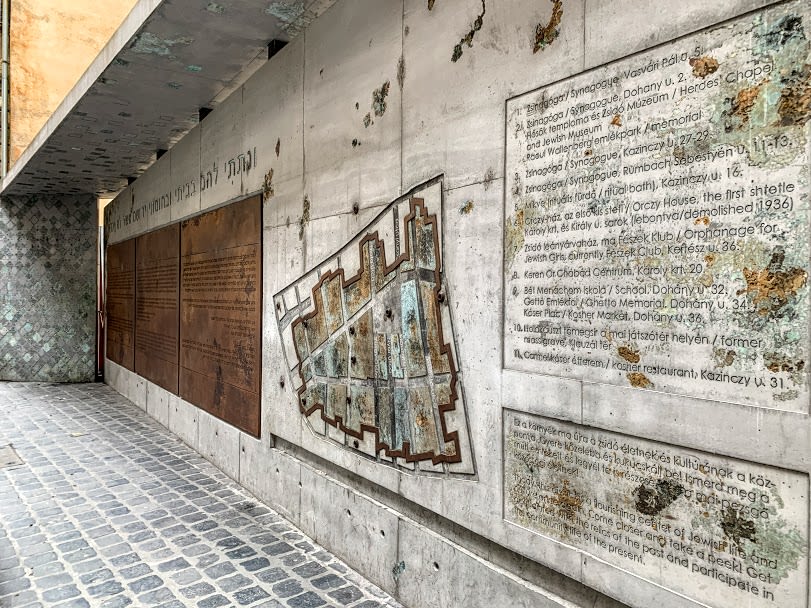
#9 - Ghetto Memorial Wall (location; accessible at all times, no admission fee): This memorial on Dohány utca is near where the ghetto's wall once stood. A map carved into the concrete shows the outline of the Jewish ghetto and there are small openings depicting historical scenes from the neighborood. The metal plates are inscribed with religious verses and a summary of Jewish life in Budapest, both past and present.

#10 - Memorial for Jewish victims of forced labor service (location; accessible at all times, no admission fee): Two stone walls converging to one another depict the fate, both literally and symbolically, of the thousands of Jewish Hungarian men who were taken into forced labor service units (munkaszolgálat) during WWII. Jewish men weren't permitted to fight in the regular Hungarian army, instead being condemned to brutal physical work or sent to the front lines without proper clothing and equipment. The monument stands outside what used to be the Jewish school for the deaf in District 7 (and today home to the US-based McDaniel College).